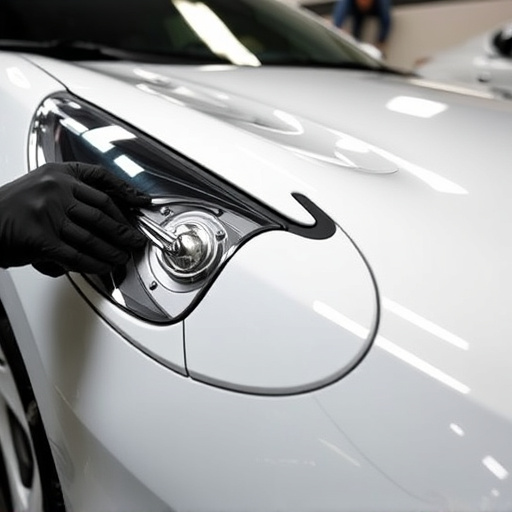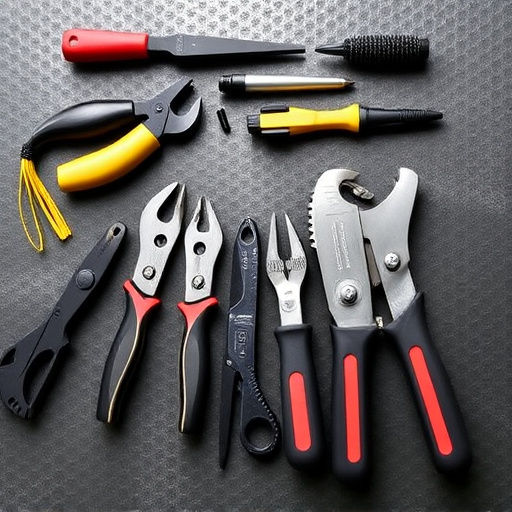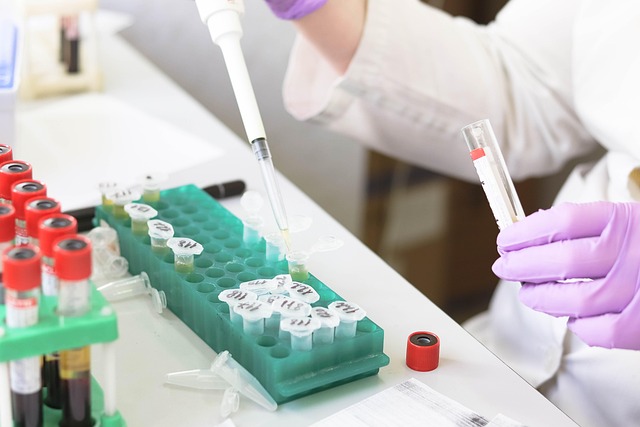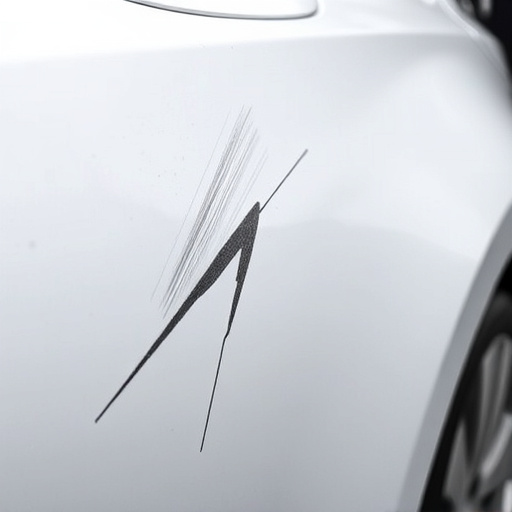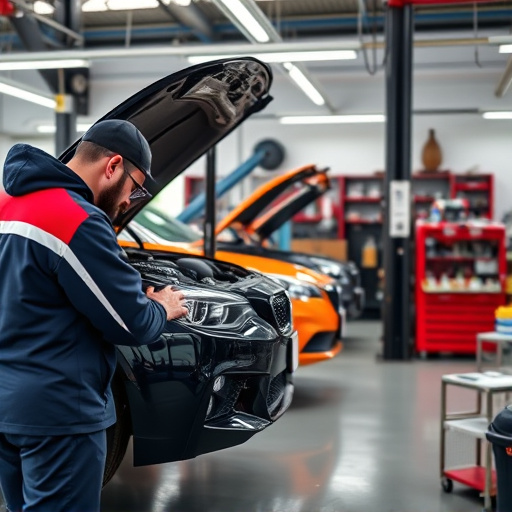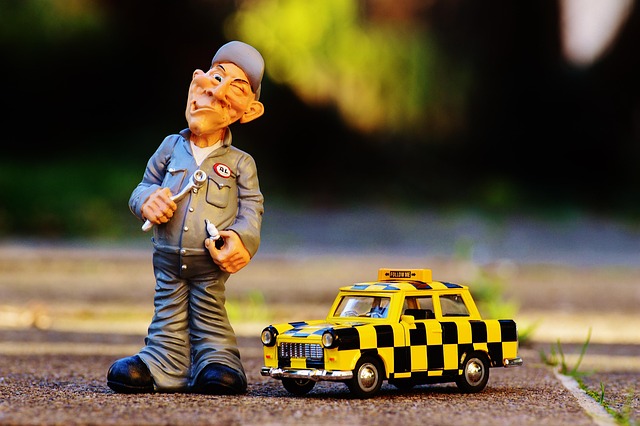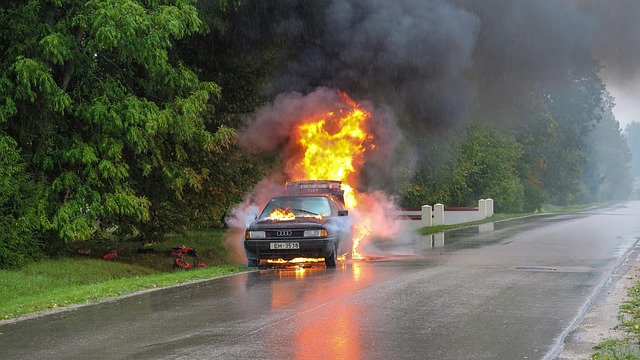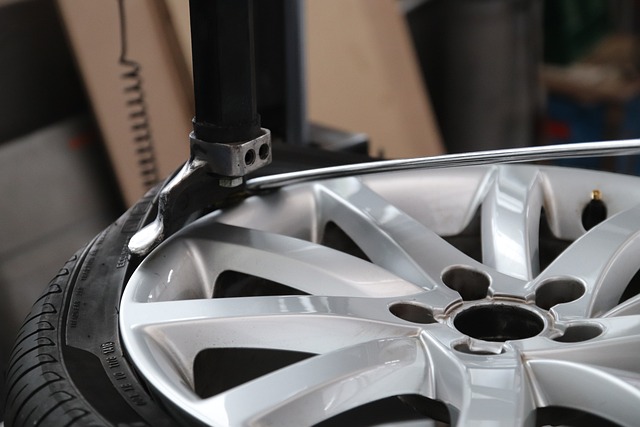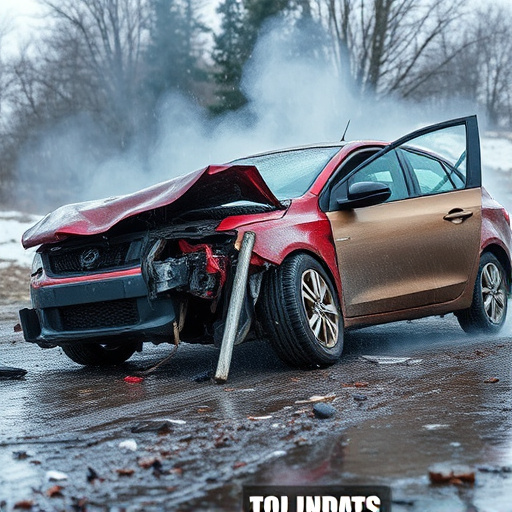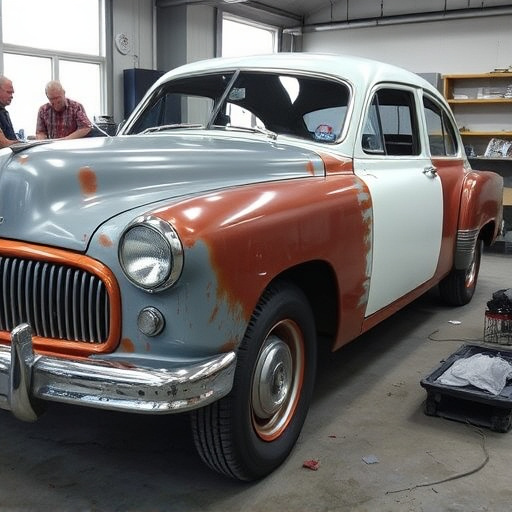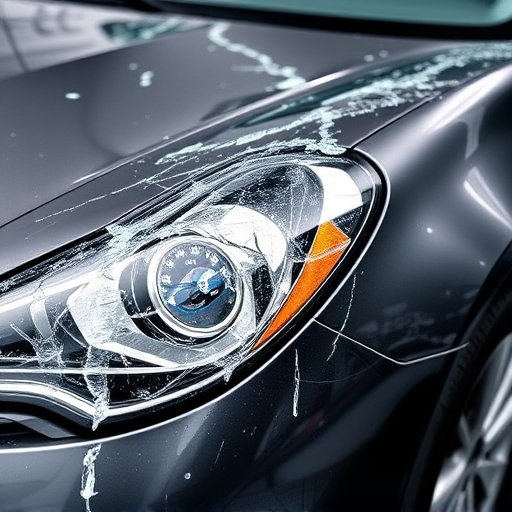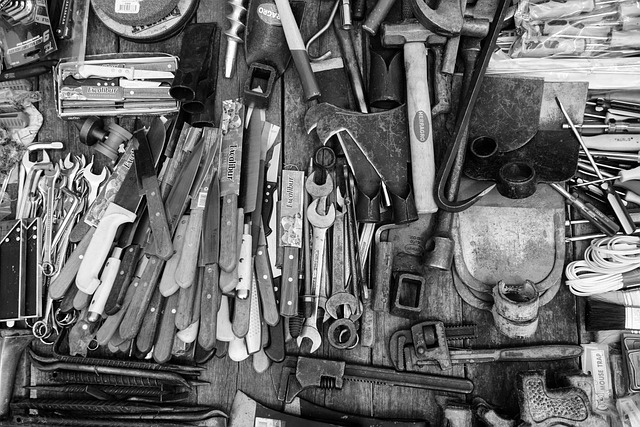Infrared paint drying is a game-changing technology in the automotive industry, reducing painting curing times by up to 50%, improving adhesion and finish, and saving energy. Ideal for high-volume auto repair shops seeking efficiency gains and cost savings, it benefits even minor repairs with faster turnaround times. Choosing the right infrared dryer involves matching its capabilities to project demands, considering workspace size and paint tasks, with models offering suitable power outputs and heating technologies. This method excels in collision repair and tire services, ensuring swift curing without damaging sensitive materials or components. Advanced techniques like precise temperature control and specialized heaters cater to different paint types and conditions, while pre-heating, humidity control, and monitoring ensure optimal results for both interior and exterior applications using infrared-compatible paints.
Infrared paint drying is a revolutionary technique transforming the way we approach surface finishes. This comprehensive guide delves into the science behind this advanced method, highlighting its unique benefits over traditional drying practices. From understanding the basics to selecting the ideal infrared paint dryer for your project, and mastering expert techniques, you’ll uncover the secrets to achieving faster, more efficient, and consistent results. Discover how infrared technology can elevate your painting projects to new heights.
- Understanding Infrared Paint Drying: The Basics and Benefits
- Choosing the Right Infrared Paint Dryer for Your Project
- Advanced Techniques and Tips for Optimal Paint Drying
Understanding Infrared Paint Drying: The Basics and Benefits
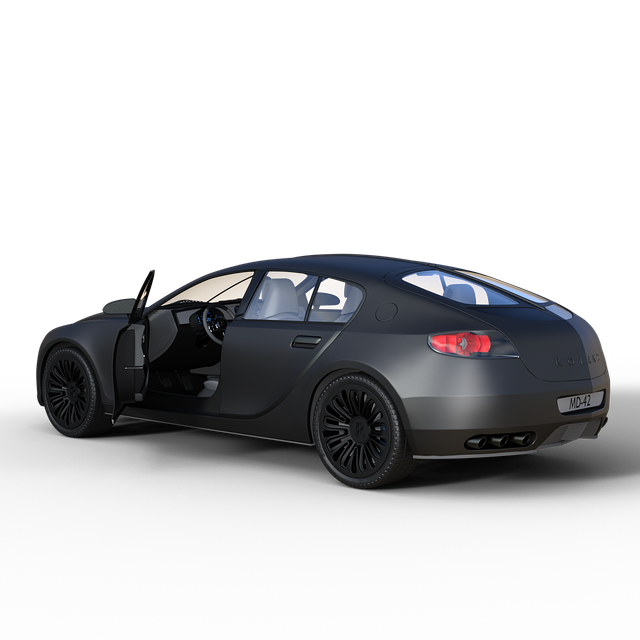
Infrared paint drying is a cutting-edge technique revolutionizing the automotive and beyond. Unlike traditional drying methods reliant on ambient air and time, infrared technology uses directed heat to accelerate the curing process of paint. This not only expedites job completion but also offers significant advantages in terms of efficiency, cost-effectiveness, and surface quality.
The benefits are manifold: reduced drying times by up to 50%, improved paint adhesion and finish, and energy savings due to targeted heating. For auto repair shops or car paint services looking for a competitive edge, infrared paint drying is a game changer, especially in high-volume operations where minimizing downtime is crucial. Even for fender repairs, this method can streamline the process, allowing for faster turnaround times and happier customers.
Choosing the Right Infrared Paint Dryer for Your Project

When selecting an infrared paint dryer for your project, consider the specific needs of your work space and painting tasks. Factors like size, power output, and heating technology vary among models, so choose one that aligns with your project scope. For instance, larger projects requiring quick drying times might benefit from high-capacity dryers with advanced heating elements designed to evenly distribute heat.
Infrared paint drying is particularly beneficial for auto collision repair and auto body restoration jobs due to its ability to quickly cure coatings without damaging underlying materials, such as sensitive finishes on vehicle bodies or plastic components. Even tire services can leverage infrared technology for faster drying times during the application of special coatings designed for improved tire longevity.
Advanced Techniques and Tips for Optimal Paint Drying

Infrared paint drying is a cutting-edge technique revolutionizing the automotive and vehicle bodywork industry. To achieve optimal results with this method, consider incorporating advanced techniques such as precise temperature control and uniform heat distribution. Using specialized infrared heaters, you can tailor the drying process to different paint types and atmospheric conditions, ensuring fast and efficient curing without damage or distortion.
For tire services and auto bodywork professionals, optimizing the infrared paint drying process involves understanding material properties and drying profiles. Pre-heating the surface, controlling humidity levels, and monitoring paint thickness are key strategies. Additionally, using high-quality paints designed for infrared drying can significantly enhance the overall efficiency and quality of the finishing process, catering to both interior and exterior vehicle bodywork applications.
Infrared paint drying has emerged as a game-changer in the realm of finishing techniques, offering numerous benefits such as faster drying times, reduced material waste, and improved energy efficiency. By understanding the basics and choosing the right equipment, like advanced infrared paint dryers, you can achieve optimal results for your projects. Mastering these techniques not only revolutionizes your workflow but also contributes to a more sustainable and professional outcome. Dive into these techniques to elevate your painting projects to new heights and experience the transformative power of infrared paint drying.
